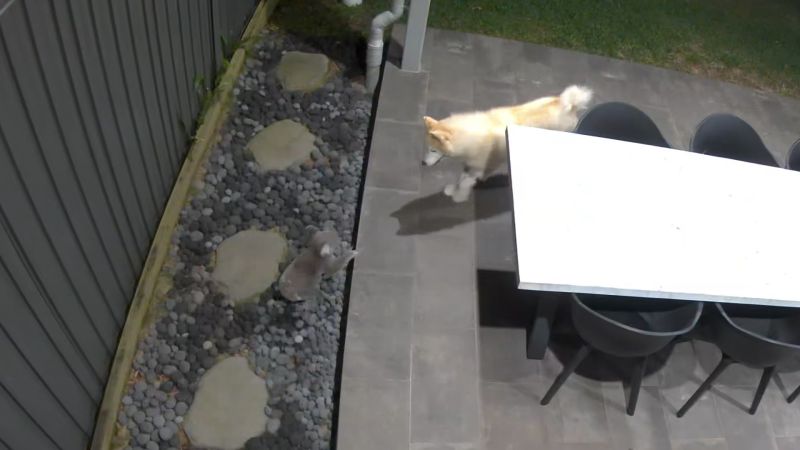Body:
Australia’s iconic mascot, the koala, is increasingly finding itself in unconventional habitats such as power poles, roads, and even schools. This strange phenomenon is a dire symptom of the aging environmental crisis faced by these unique creatures. Despite being listed in most states as a vulnerable species, the future for these animals remains bleak, and here’s why.
One of the primary reasons for this concerning migration pattern observed in koalas is habitat destruction. Uncontrolled urbanization has led to massive deforestation, causing severe depletion of eucalyptus forests, the primary habitat for koalas. They rely exclusively on certain species of eucalyptus trees not just for shelter but also for food. Coerced by the loss of their natural habitat, these arboreal creatures are making their way into human-dominated landscapes, climbing power poles instead of trees, wandering onto roads, and even seeking refuge in schools.
Recent bushfires are another significant factor directly impacting their survival. The devastating wildfires of 2019-2020, often referred to as the Black Summer, wiped out approximately 24% of koala habitats in New South Wales. It is estimated that thousands of koalas perished in these fires, further pushing their populations towards a state of crisis. The cumulative damage of recurrent bushfires, coupled with slow recovery of eucalyptus forests, threatens the future survival of these animals in the wild.
Koalas are additionally threatened by climate change. Rising temperatures and extended periods of drought are compounding the difficulties faced by thriving eucalyptus trees. Without these trees, koalas are left with no food or shelter. Increasing carbon dioxide levels are also reducing the nutritional quality of eucalyptus leaves, the exclusive diet of koalas. Climate change indirectly increases the susceptibility of koalas to diseases, as a poor diet weakens the immune system of these creatures.
Moreover, koalas are also victims of car accidents and dog attacks, the frequency of which have increased as they venture into urban habitats. In Queensland and New South Whales, car-related koala deaths have increased dramatically due to their movement into populated areas to search for food and refuge. Predatory attacks from domestic dogs add to the koalas’ woes.
Conservation attempts have been made to save these iconic marsupials. The Australian government released a Koala Conservation Strategy, encouraging the rehabilitation of existing habitats and the creation of newer ones. Unfortunately, the efforts seemingly fall short as koalas face the ‘extinction domino effect’; a combination of multiple factors pushing species towards extinction. The lack of safe habitats, the slow recovery rate of eucalyptus forests, the increasing frequency and intensity of wildfires, and uncontrolled urban sprawl have made the situation for koalas critically precarious.
Thus, the spectacle of koalas perched on power poles and sleeping in schoolyards is a silent cry for help from these enchanting creatures. These unusual sightings are an urgent reminder of the pressing need for implementing effective environmental policies, not just for koalas, but for all wildlife facing the brunt of human-induced environmental changes. The outlook for Australia’s listed icons remains poor and it is a clarion call to humanity to reassess and realign its relationship with nature.




